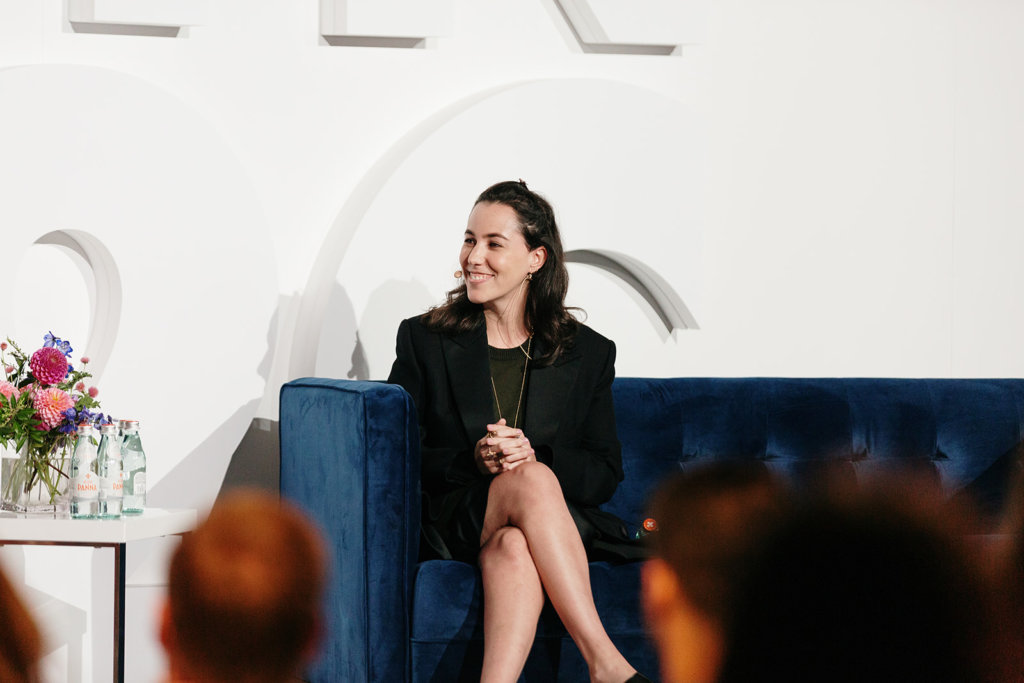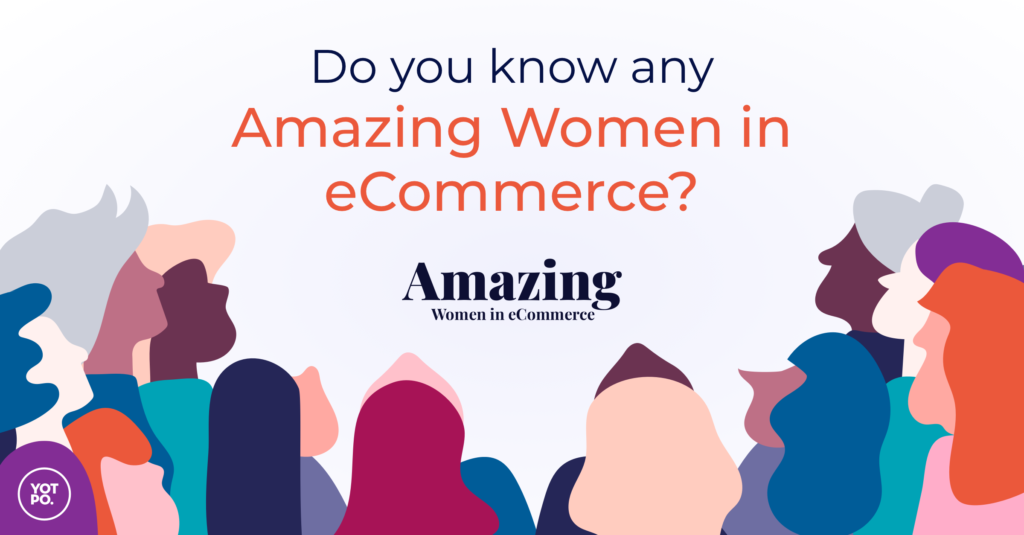Away has achieved cult-like status for its meticulously designed luggage. The bags have become part of a lifestyle, a must-have feature of the jet-set uniform. Even more than airport cred, Away has become an Instagram darling with travelers organically sharing their Away bags in artfully styled photos from their trips.
“Being direct-to-consumer is a huge competitive advantage. Every time someone buys something from us, they interact with someone at our company in some way,” Away CEO and Co-founder Steph Korey told Forbes. These customer interactions feed into rave reviews and a level of brand loyalty that brings shoppers back to buy the complete luggage set and eagerly await new color drops.
Founded in 2015, Away has already achieved unicorn status with a valuation of $1.4 billion. As TechCrunch explains, “Away‘s new lofty valuation proves how far you can get with excellent branding.”
How did Away go from zero to unicorn in under three years?
Selena Kalvaria, the SVP of Brand at Away, explains that there’s more to the company than the sum of its products. At Yotpo’s Destination: D2C conference, Kalvaria sat down with CNBC Retail Reporter Lauren Thomas to explore what defines the Away brand, the difference between brand and branding, and what’s next for Away.
Away is more than a product
For many retailers, you are what you sell. However, as Kalvaria explains, “We’ve never been a luggage brand. We’ve always been a travel brand.”
This difference between product and identity is at the core of Away’s business model. It’s driven the company’s growth and informed its plans for future expansion.
Many luggage retailers talk only about the product — its zippers, wheels and pockets. Away takes things a step further, focusing on the experience of using the product. It’s a beach trip with palm trees and a pair of Ray-Bans. It’s lounging at a Parisian cafe.
This contextual format was evident from day one. “[Away] launched through a book and not through a product,” explained Kalvaria. “It launched through stories. It launched through a community — not through sales, not through advertising.”
Interestingly, Away didn’t have any products ready to sell at their launch date. Instead, they put together a piece of creative content that got people talking and inspired pre-orders. The hardcover book included interviews with 40 interesting travelers, among them photographers, foodies, and trendsetters. The 1,200 run sold out early, and the buzz had the company mentioned in nearly 100 gift guides within their first year.
Brand vs. branding: What’s the difference?
“I think what is unique about Away is the emphasis on brand,” shared Kalvaria.

Kalvaria explained that “branding” can be defined as beautiful design, a nice logo and a great unboxing experience. These things are important, but they’re an extension of a brand rather than its core. By contrast, “brand” is more about the central mission and how that connects to community. It’s Away’s identity as a travel company that drives customer enthusiasm, not its logo. Some have even said that Away’s travel brand won’t be complete until they’ve expanded to include airports and airlines.
In the direct-to-consumer sphere, Kalvaria acknowledges that many companies have either a strong brand or great branding. Not only do you need to have both, but it’s important that the two work together. This creates synergy across all areas of the business.
Performance marketing and the value of brand
Customer acquisition cost (CAC) is a critical metric for D2C companies. Without a traditional retail framework, CAC costs can swell. However, Away has been able to keep CAC relatively flat due to its focus on brand.
“People love to post when they travel and our suitcase gets to be part of that,” said Korey. Focus on travel rather than luggage feeds into this organic sharing, which in turn propels the success of brand-based performance marketing.
“For me, performance is brand love,” said Kalvaria. When the company identity is strongly resonating, performance marketing metrics will be strong.
“We react to the way our customers respond to our assets,” noted Kalvaria. “If something is not working, then we quickly dial around.” It could be the wrong message for the marketing channel, the wrong product is highlighted or something else. “We iterate so fast that we’re able to consistently have all our channels performing on all cylinders.”
How does Amazon affect D2C brands?
It’s not always an easy decision for D2C retailers to choose to sell on Amazon, and operations are also a brand consideration.
“We believe brand generates company value,” commented Kalvaria.
Yotpo CEO Tomer Tagrin agrees. “Buying face wash from Amazon may be cheap and easy, but you won’t get the same emotional return,” he said. “The connection and relationship with the brand isn’t there, meaning emotional loyalty is nonexistent.”
Away made a considered choice not to sell on Amazon. This keeps them connected to their customers so that they’re able to create strong bonds via each individual touchpoint.
‘Brand love’ drives loyalty
Resonance with Away’s brand happens in every aspect of the customer funnel. It’s embedded in the customer experience. It helps them convert. It transforms how the products are used. Then it feeds into organic marketing, creating the word of mouth that grows Away’s presence.
“It’s my role is to create brand love,” said Kalvaria. “It’s to create an emotional connection.” The connection she created has been summed up by a tweet that captured a lot of attention online: “The ‘Away Nod’ is the new ‘Jeep Wave.’”
In this, we see that loyalty goes beyond a brand-customer relationship. Customers feel a sense of brand ownership. They’re part of an insider club and are connected to one another.
“Who would have thought that two people would be nodding to one another in an airport because they have the same luggage,” laughed Kalvaria.
Brand love is also embedded into how Away treats its customers as partners. “We ask [about] our customer experience all the time, and they tell us what they’re looking for, what they like,” said Kalvaria. Across website customers, social, and IRL retail, Away pays close attention to these one-on-one conversations and iterates based on community feedback.
Looking ahead: How will Away grow?
With $100 million in new funding from a recent Series D round, Away has exciting plans for expansion. Here are the three main changes you can expect from Away:
Retail growth: Away is planning to add 50 new stores in the next three years. Not only do in-store experiences drive online sales, but it’s also an opportunity for shoppers to be immersed in the brand. “At the end of the day, retail is the ultimate expression of experiential brand,” said Kalvaria.
New product categories: Expect to see apparel and lifestyle accessories. Rather than a divergence from luggage products, this move is a way to embrace the full travel lifestyle. “It’s not just the bag that you have that is Away,” commented Kalvaria, “but it’s really everything that goes inside, what you take with you, what you need after.”
International expansion: “As a travel brand, we have a duty to be global,” she said. While the in-store experience will remain consistent in foreign markets, having a local footprint is fundamental to the company strategy. They’re already seeing traction in their London store.
Top takeaways:
What can you learn from Away’s rapid rise to success?
- Consider the full ecosystem your brand could own
- Use stories to create strong customer engagement
- When defining your branding, don’t stop at logo and design.
- Don’t shy away from leaning into brand in performance marketing
Know an Amazing Woman in eCommerce, like Selena Kalvaria? Nominate her now!



